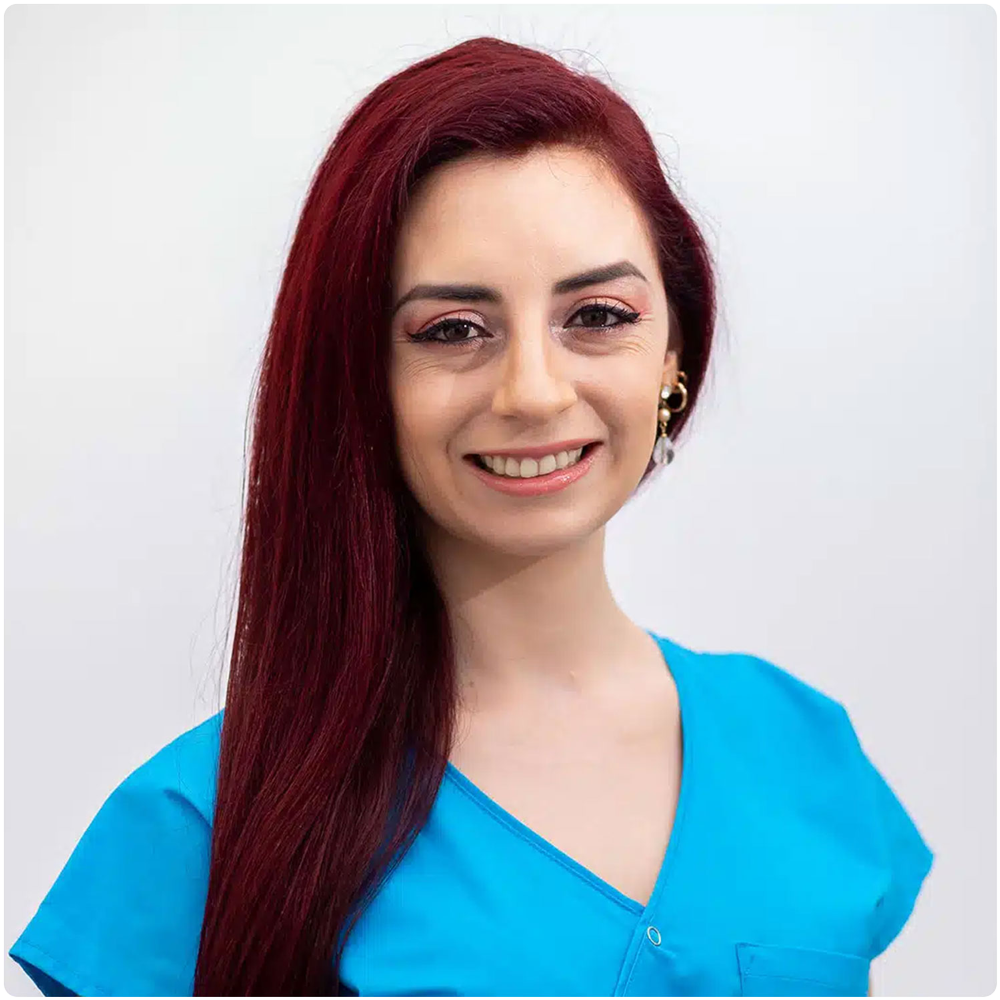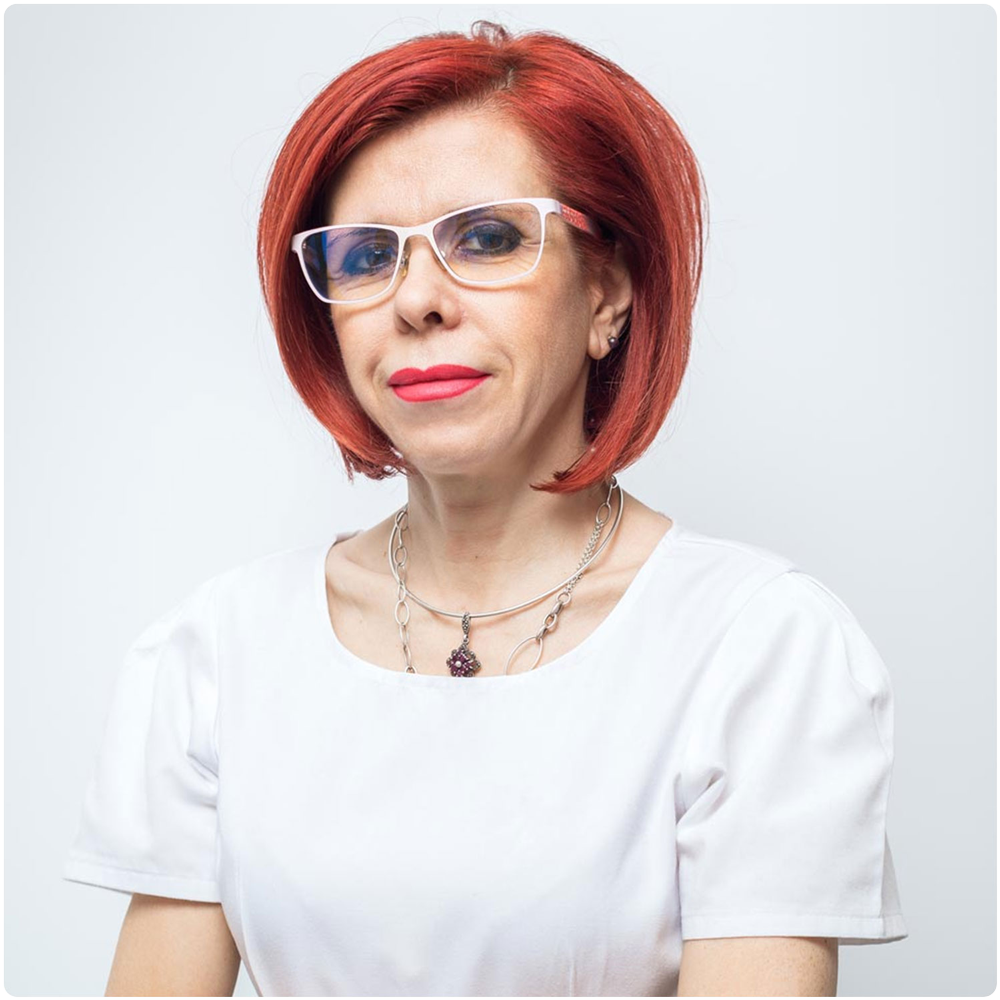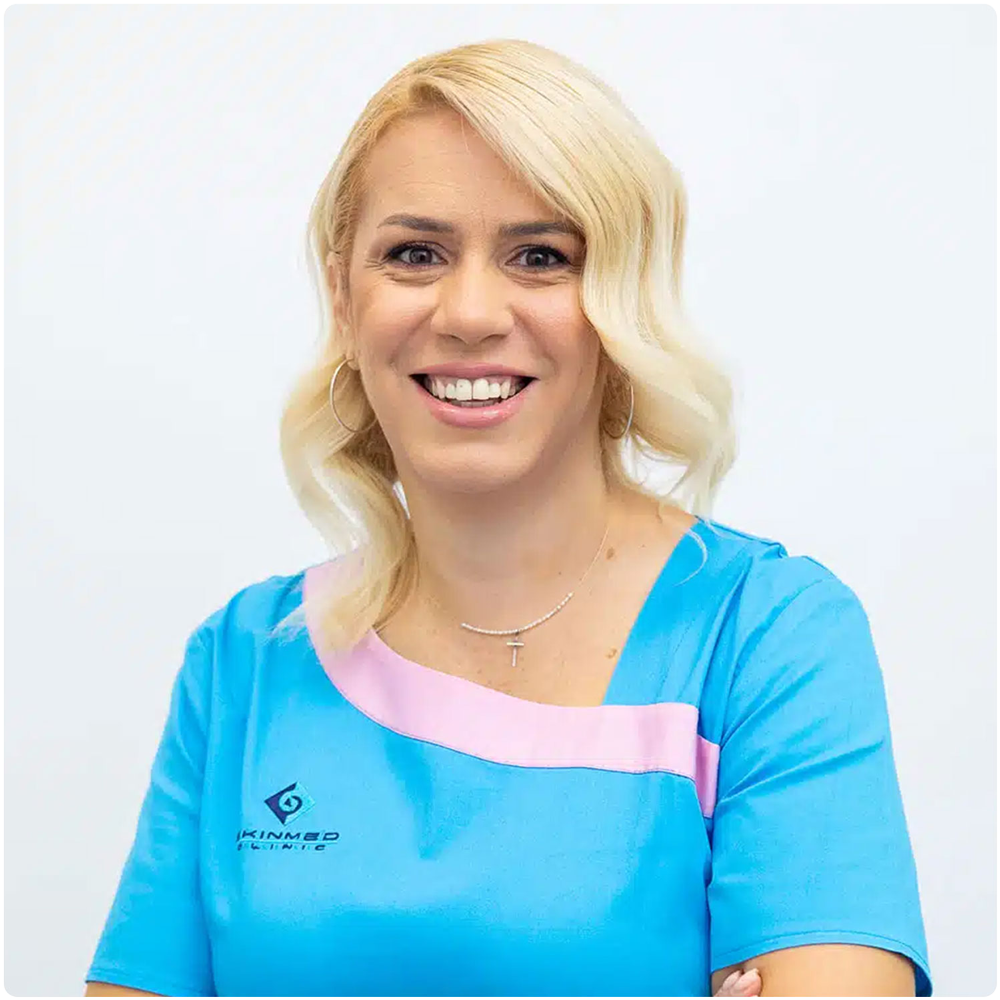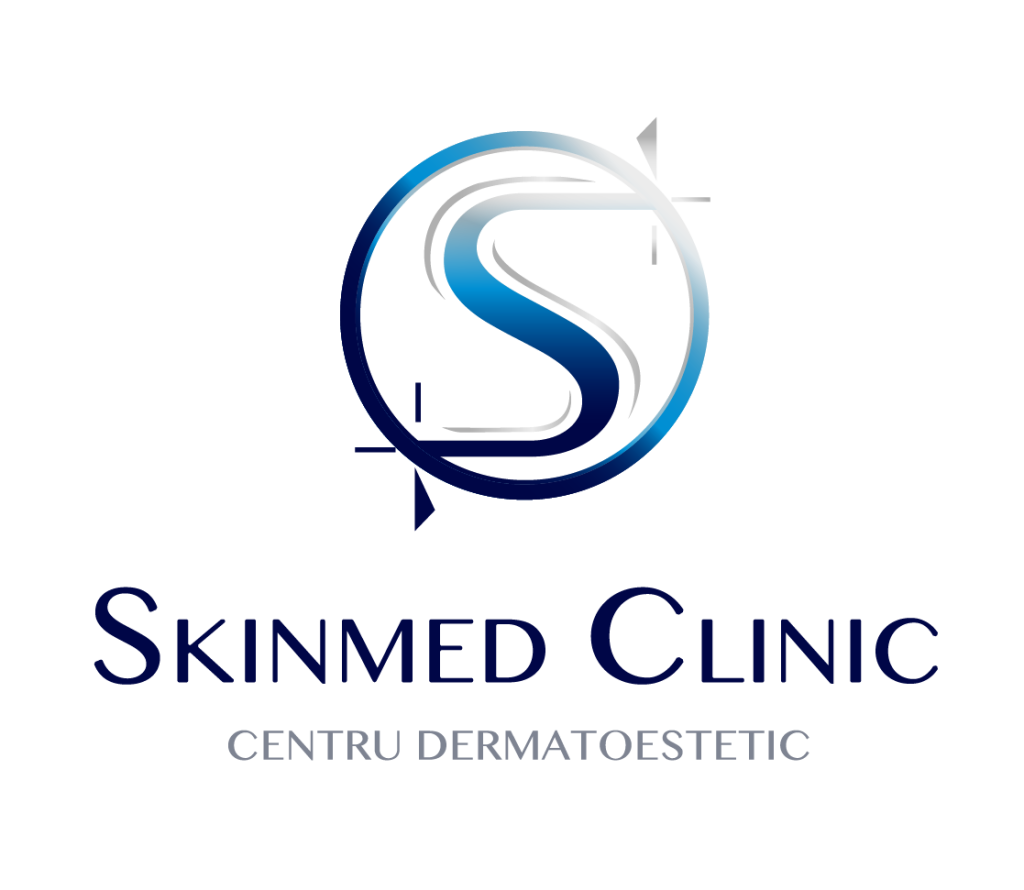Smooth skin is the prerogative of femininity. Thanks to the performance of laser technology, today every woman can safely say NO to hair. Not all clinics or lasers are the same: in SKINMED® you can enjoy the world's most advanced permanent laser hair removal treatments.
Who are we talking to?
To all women concerned about the health and appearance of the body's largest organ - the skin. But what woman doesn't want to be beautiful and seductive! And a well-groomed and hairless skin definitely makes us more feminine.
The beauty industry's leading-edge laser permanent hair removal is now available in SKINMED® for all skin phototypes, the performance of the lasers used here is unmatched.
Why choose SKINMED® experts?
We all have areas of unwanted hair and/or skin damage caused by it. There are many ways to remove hair, but only one is permanent, fast and medically approved. This is laser hair removal.
At SKINMED®, we use the most advanced permanent hair removal lasers available today. The only ones that work safely, painlessly, for all skin types (including tanned skin), in all seasons.
The benefits of laser hair removal in SKINMED®
What is permanent laser hair removal?
Permanent laser hair removal is the most effective and safest method of removing unwanted hair. In SKINMED® you will find the world's most advanced technology of the moment, embodied in Alma Laser's Soprano lasers.
Lasers Soprano - Platinum and Titanium - are ideal for women who want smooth, velvety, pain-free skin in an extremely short time. In addition, with their help, you can also treat and/or prevent other skin problems such as folliculitis, the condition that manifests itself in small, unsightly and sometimes painful red dots centred on the hair. All in the shortest time possible for a medical laser.
How is laser hair removal performed?
The mechanism of action is a specific wavelength association for melanin, the pigment that determines hair and skin colour, with absorption at the bulb (root) of the hair and irreversible destruction of a significant percentage of it. Patented Alma Laser built-in mechanisms, such as SHR (Super Hair Removal) and Ice Cooling, increase effectiveness with an increased patient safety and comfort profile.
Laser hair removal technologies used in SKINMED®
For us, working with the best technologies is a guarantee that we can achieve the best results. The new Soprano Titanium/Platinum uses exclusive 3D technology combining the most effective wavelengths in a single applicator, simultaneously targeting different anatomical structures of the hair follicle, making it the safest and most effective laser hair removal treatment.
EXPERTS in laser hair removal
In SKINMED®, you will find highly experienced medical specialists working with the latest results of medical research on prevention and treatment, using state-of-the-art medical equipment and products. We look forward to meeting our doctors for a treatment tailored to your needs!
SKINMED experience and technology®, for impeccable appearance!
Advantages SKINMED®
Experience
- Over 19,000 patients treated in the clinic
- Over 300 new patients every month
- Over 3,500 new patients annually
- Over 20,000 treatments per year
Credits
- FOTOFINDER-accredited Centre of Expertise in the Diagnosis and Treatment of Skin Cancer
- ALMA LASER accredited laser treatment centre of expertise
- ALLERGAN accredited centre of expertise in Aesthetics and Medical Injecology
Safety
- Only world-class accredited technologies
Other treatments you might be interested in
Frequently asked questions
What are the benefits of removing unwanted hair with SOPRANO Titanium/Platinum laser technology?
- Hair removal over 95%
- Can be used for every area of the body and face
- Thanks to QUATRO technology and SHR technology we can work larger surfaces in just a few minutes
- Painless treatments thanks to ICE Plus™ continuous cooling and SHR system
- Suitable for all hair and skin types
- Effective year-round treatment, even for tanned skin
- Works perfectly for all ethnicities and ages
- Impressive results for both men and women
What is laser? What types of lasers are there?
Laser hair removal involves the process of removing hairs by exposing them to pulses of laser light that target the hair follicle. This irreversibly destroys the hair follicles to a significant extent. The mechanism of action is a specific wavelength for melanin, the pigment that determines the colour of hair and skin, with absorption at the bulb (root) of the hair and significant destruction. Laser hair removal started with IPL, a non-selective wavelength with limited absorption on the hair follicle, but laser treatments have innovated this treatment. The diode laser is the most widely used, the ideal wavelengths are Alexandrite 755 nm, Diode 810 nm and YAG 1064 nm, with absorption in the dermis and epidermis to destroy as many hair follicles as possible and protect the superficial layer of the epidermis.
Is there a difference between IPL and laser?
The Intense Pulsed Light (IPL) laser has both melanin and haemoglobin as target chromophores, with a non-selective wavelength of 500-1000 nm and absorption in dermal hair follicles, but also in the epidermis, with the risk of adverse effects. The laser treatments are adapted to the depth of the hair follicles to destroy the vast majority of them, with limited absorption in the epidermis and minimal risk of adverse reactions, and can also be used for tanned skin and light-coloured hair.
Which patients can benefit from this treatment?
Anyone can perform this treatment to remove unwanted hair. There are also medical indications such as folliculitis, associated with classical epilation techniques, or medical conditions such as hypertrichosis (the presence of excess hair) or hirsutism (the presence of male-pattern hair for the female sex, in areas where it does not normally exist, such as facial hair).
What types of skin or hair can we work with?
Soprano is effective for all skin phototypes (including tanned/dark skin) and all hair types (including thin, blonde hair).
When do we act on hair follicles? Hair growth phases
Hair growth is a cyclical process, alternating between resting and active phases. At the same point in time, hairs are in different stages of growth.
The first phase - the anagen phase - is a period of rapid hair growth. During this period, the hair forms and migrates outwards until it forms permanently. During the anagen phase, hair grows by 1 cm per month. The longer this phase lasts, the more hair will grow. Approximately 85-90% of scalp hairs are in the anagen phase at any one time.
The second phase - the catagen phase - lasts for 2 weeks, during which time the hair follicle shrinks due to disintegration and the papillae decrease in size. While the hair does not grow in this phase, the length of the terminal hairs increases due to the follicle pushing them up.
The last phase is the telogen or resting phase. The hair follicle remains dormant for one to four months. 10-15% of scalp hairs are in this growth phase at any given time. This phase results in normal hair loss.
How many sessions do we need to remove the pilosity and what is the frequency of the sessions?
The TRIO technology incorporated in the SOPRANO applicator guarantees the destruction of more than 95% of hair follicles, a result proven by histology studies. For large areas (such as lower limbs or arms), a frequency of 6-8 weeks between sessions is recommended, and for small areas (facial or underarm), a period of 4-6 weeks. On average, 6-8 sessions per treatment area are recommended, with maintenance every 6-12 months.
Is this procedure definitive?
Yes, hair follicles are irreversibly destroyed by more than 95%, but over the years new hair follicles may appear and maintenance sessions are required every 6 months-1 year.
How long does the procedure take?
The QUATRO technology is patented by Alma Laser and is the only laser with a 4 cm² applicator that considerably reduces working time, especially for large areas such as the lower limbs. Whereas before this procedure took 60-90 minutes, now the time is halved and the patient has to spend 30-40 minutes in the office. For small areas, the time is between 10-20 minutes. After optimising efficiency by combining the three most effective wavelengths, the working time has now also been optimised and halved.
Is there a risk of burns associated with these procedures?
No. Because Soprano's cutting-edge Titanium/Platinum technology, the patented ICE Plus™ minimizes the risk of burning at the skin's surface, while retaining heat in the dermis, where we target hair follicles. At the same time, the end we work with cools the surface of the skin, prevents superficial burns and soreness
Is there a risk of skin cancer, what about moles? What other risks are there for our skin?
Melanocytic lesions should initially be visualized with the dermatoscope and then covered during treatment. The risk of transformation of the lesions only arises when the treated skin suffers post-treatment burns. Side-effects are rare, with erythema, irritation or pigmentation changes being the most common.





